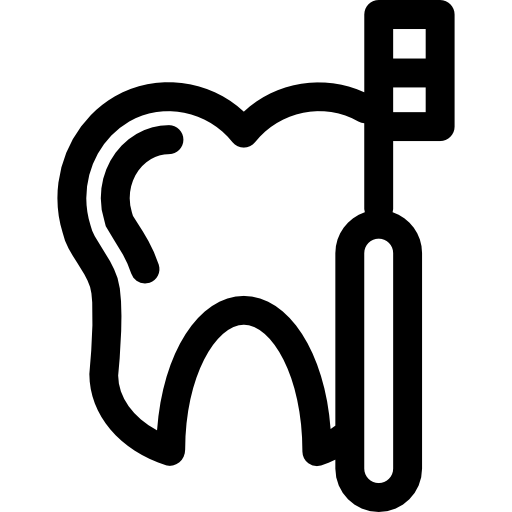
Dental Cleaning
Routine dental cleanings are important to maintaining good oral hygiene. Professional cleaning by a hygienist can remove mineralized plaque that may develop even with careful brushing and flossing, particularly in areas that are difficult to reach. It is recommended you go in for a cleaning once every six months.
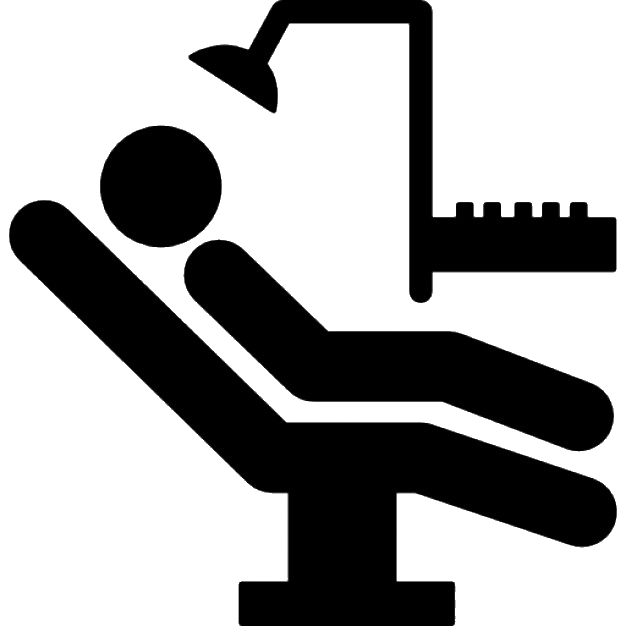
Dental Exam & X-Rays
Routine dental exams are important to maintaining healthy teeth and gums. Additionally, they can help to avoid the financial costs associated with large treatment plans later on. The Academy of General Dentistry recommends twice yearly checkups for people of all ages. At this frequency, most problems can be caught while they remain in an early stage.

Composite Fillings
When treating a cavity, the dentist will remove the decayed portion of your tooth and fill it with another substance. This procedure is called a filling. A composite filling is also known as a tooth colored filling, since the material used in the filling can be closely matched to the color of your teeth.
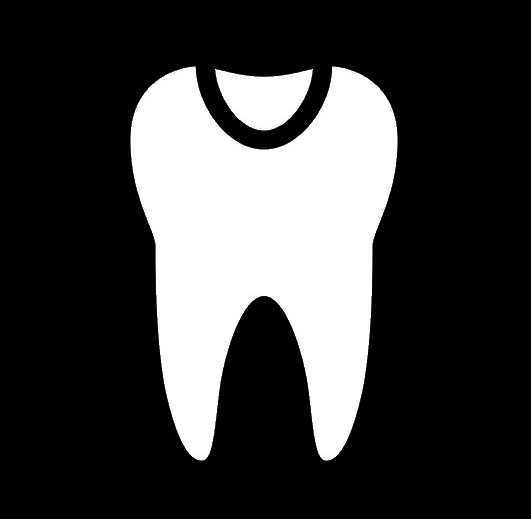
Amalgam Fillings
Amalgam fillings, also known as silver-colored fillings, are made from a combination of metals such as tin, copper, silver and mercury. This combination of metals gives amalgam its renowned strength and durability. These fillings usually last between 10 – 15 years.

Root Canal Therapy
Root canal therapy is treatment used to repair and save a tooth that has been infected due to a deep cavity or cracked tooth. The treatment involves removing the pulp and the nerves of the tooth, and cleaning the infected area. A tooth's pulp and nerve is not important to a tooth's health and function after the tooth has fully emerged from the gums.

Tooth Extractions
A dental extraction is the procedure to remove a tooth from your mouth. A dental extraction is most commonly required if one of your teeth is damaged beyond practical repair

Porcelain Crowns
Compared to fillings which just cover a small portion of a tooth, a crown (or cap) encases the entire visible portion of a tooth. In effect, the crown acts as the tooth's new outer surface.A dental crown is used when a tooth is broken or decayed to such an extent that fillings aren't able to repair the problem.

Teeth Whitening
Our teeth can discolor through the years as our enamel wears down. The wearing down of enamel allows dentin, a yellow color substance that makes the core of our teeth, to show through. This is what gives our teeth a yellowish tint. Teeth whitening helps restore teeth to a shiny white color through the use of bleach.
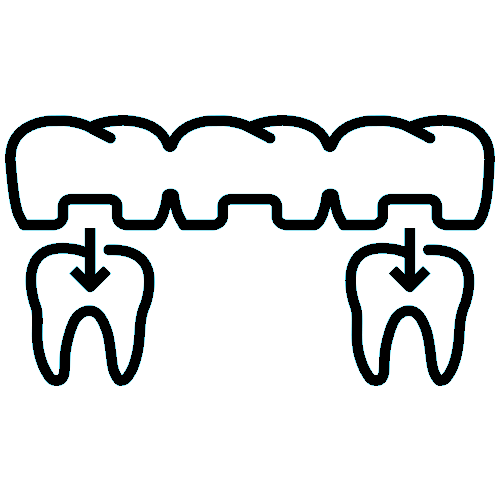
Dental Bridges
A dental bridge is a false tooth that is used to fill the gap created by missing tooth or teeth. A gap between your teeth can be potentially dangerous to your dental health, as it can cause your teeth to shift resulting in a change in your bite that could be painful. Dental bridges help alleviate this problem by using the two surrounding teeth as anchors to hold a false tooth in the place where the gap is.

Dental Veneers
Dental veneers are thin custom made shells that cover the front surface of your tooth to improve their appearance. They are made of tooth colored materials and can be used to improve the color of teeth that have been worn down or stained. Alternatively, they can be used to improve the shape or size of the tooth.

Dental Bonding
Dental Bonding is a restoration procedure in which a tooth-colored resin is bonded to a tooth and cured with ultraviolet light. Bonding is faster and cheaper than veneers or crowns, and can thus be a good option to make small cosmetic improvements to your teeth. Unlike veneers and crowns, bonding can be done within one office visit since nothing has to be custom made by a dental laboratory.
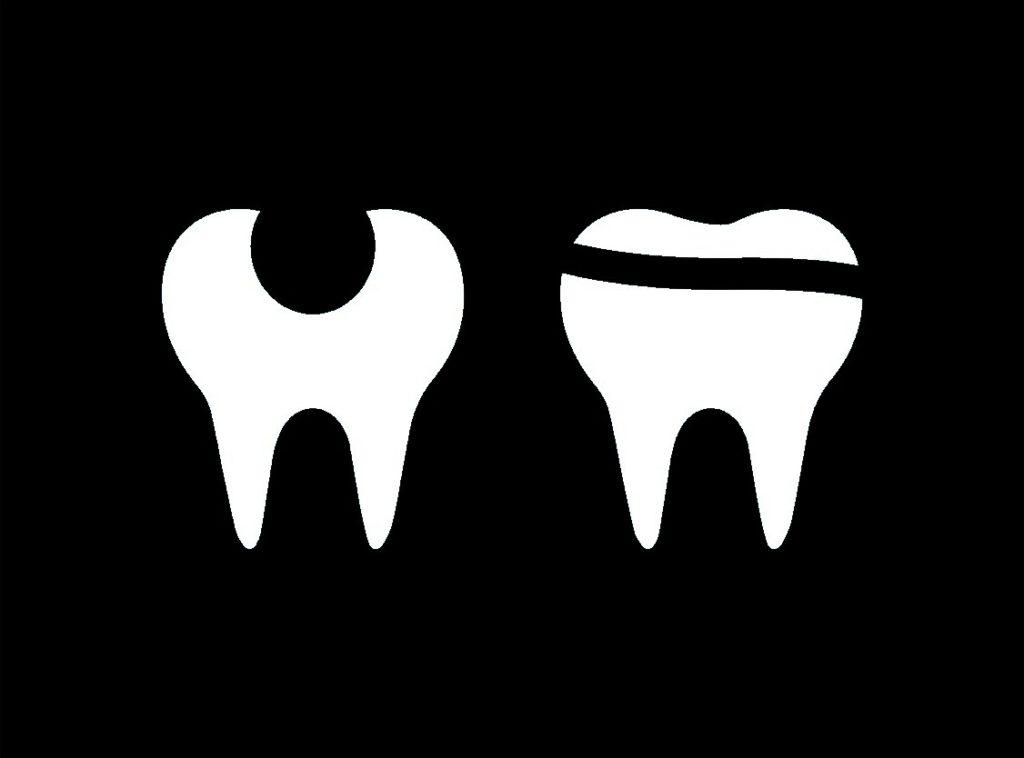
Dental Inlays & Onlays
Dental inlays and onlays are a more conservative approach to tooth restoration than full crowns. The are used to repair rear teeth that have mild to moderate tooth decay, or for cracked teeth where the damage does not warrant a dental crown. Porcelain, composite resin and sometimes gold are used to create inlays and onlays. Inlays refer to those procedures where the bonded material limited to the center of the tooth, while onlays refer to those procedures where the bonded material can extend further to one or more cusps of the tooth.

